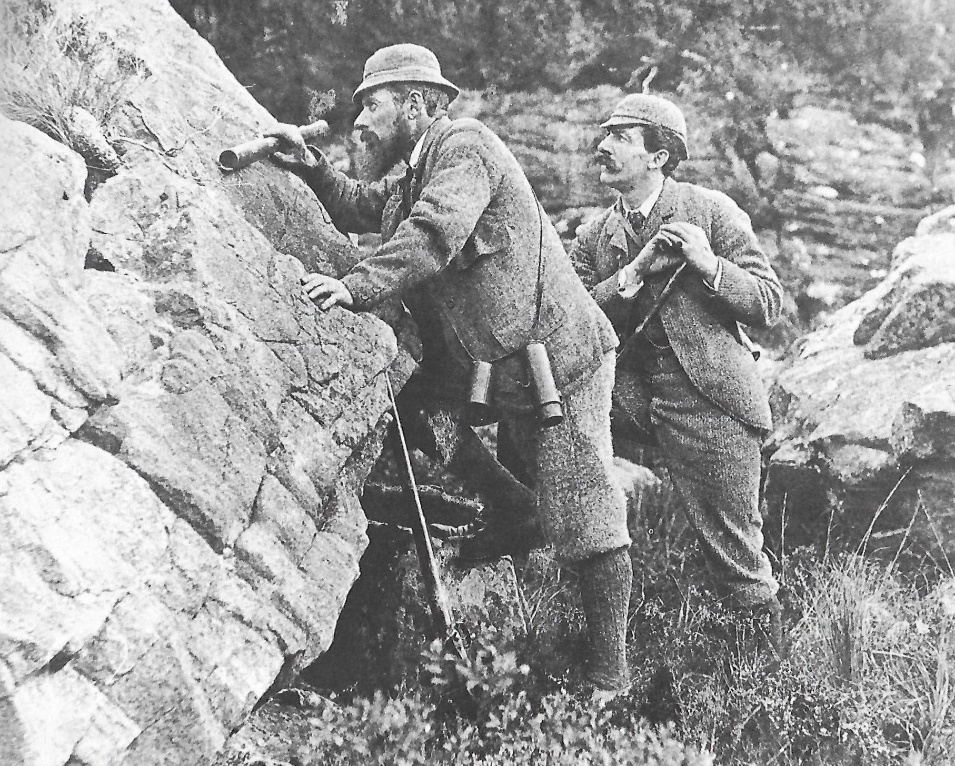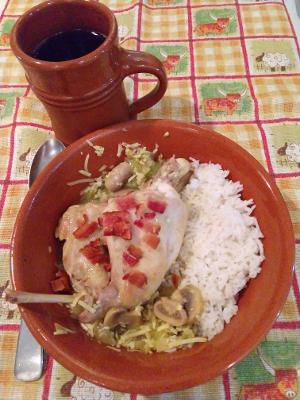Carolyn McDonald Graf

By Scottish Common Law, the animals on a person’s land were the property of that person. The concept of poaching of wildlife is often given a romantic Robin Hood slant with the idea that the poor are stealing from the rich; of marginalized people keeping their families alive by taking a rabbit or a deer from the Laird’s land. Some of this is surely true, but even back in the 1700’s there were gangs of poachers who stole game birds, rabbits and fish and sold them for large profits. There were laws going back as far as 1772 with The (Scotland) Game Act which was designed to protect game birds during breeding season to help maintain the population and to prevent unqualified people from killing game. In 1828 the Night Poaching Act was passed forbidding poaching at night or entering lands at night for the purpose of taking game, meaning hares, pheasants, partridges, grouse, heath or moor game. These laws were created to preserve the wildlife for the recreation and amusement of the gentry and to prevent those of lessor rank from squandering their time hunting game when their rank in life required that they spend their time in more “profitable” pursuits.
These laws had large loopholes through which poachers blatantly continued their “trade”. Poaching became more politicized in the 1800’s as class resentment against the wealthy grew. The men charged with enforcing the laws, often sided with the poachers and looked the other way.
With the advent of modern farming of fish and game and the ability to import and export, poaching went into a mild decline but never completely stopped. It was with some amazement that I discovered poaching has made a huge comeback in Scotland and has become a threat to wildlife. There are now large organized gangs that use modern technology for snaring wildlife and use cellphone communication to avoid capture. The laws have not kept pace, although things are not quite as vague as in the 1700 and 1800’s. The largest problem now is the lack of enforcement manpower to deal with the upsurge in poaching.
As I was researching poaching in Scotland, I pondered what recipes I could find that included game that would have been filched. Among the fascinating recipes, one that caught my eye mentioned that it is now common to find rabbit in the freezer section of grocery stores. So, I went on a quest. I found it at a specialty butcher shop for $53.00. No wonder poaching has had an upsurge! I later found fresh rabbit at Wegmans at a slightly less startling price.
Among the thousands of hares and rabbits in Scotland, only the Mountain hare is a native species. The Brown hare and the European rabbit, originating from Spain and Portugal, were believed to have been introduced into Britain by the Romans with both being widespread by the 1700’s. Although wild hares and rabbits are still hunted illegally, most commercial hare and rabbit on the market today come from farms. https://en.wikipedia.org/wiki/European_rabbit
Here’s a recipe from The Cook and Housewives Manual by Mistress Margaret Dodd, Oliver and Boyd, Edinburgh, 1862. (A modern version follows)
Scots Rabbit Curry
Rabbit, streaky bacon, onions, butter, flour, curry-powder, mushroom-powder, celery (optional), coco-nut (optional), salt and cayenne, stock.
Choose a fat, fresh rabbit. (To test it, examine the kidney.) Cut it into at least twelve pieces; brown these in butter, with onions. When browned, if you wish delicate cookery, pour off the butter and add three-quarters of a pint of well-seasoned stock, one large spoonful of curry-powder and one of flour, six ounces of streaky bacon cut into half- inch cubes, and also half a dozen button onions. Season with a teaspoon of mushroom powder. Simmer this slowly for half an hour at least, stirring it. Add what more seasoning you think required, as cayenne, a little turmeric, or some acid. Pile up the pieces of rabbit and pour the sauce, which should be thick-ish as in all curry dishes, over them. Serve with plain boiled rice in a separate dish.
Fresh coco-nut is an excellent ingredient in mild curries. Rasp and stew in the whole time: we do not like green vegetables in curries though they are sometimes used. Mushrooms are an enrichment, celery is good, and onions indispensable.
Scots Rabbit Curry (modern version)

6 slices bacon
1 fat fresh rabbit- cut in pieces
2 cups stock
1 teaspoon or more of curry powder
1 tablespoon flour
½ cup sliced celery
½ cup chopped onions
½ cup grated coconut
1 cup sliced mushrooms
Salt
Fry bacon and set aside. Brown rabbit in bacon fat and set aside. Drain off all but a spoonful of the fat. Blend in the flour and curry powder. Add stock and mix well. Bring to a boil. Add celery, onions, coconut, and mushrooms. Add more salt and curry to taste.
Add the browned rabbit pieces. Cover tightly and simmer very slowly for half an hour. Serve in a hot serving dish. Sprinkle with crumbled bacon. Serve with plain boiled or steamed rice. Serves 4
Source: The Highlander’s Cookbook, Sheila MacNiven Cameron, Gramercy Publishing Company, New York p. 35.
An entertaining video on how to prepare and cook a rabbit:

